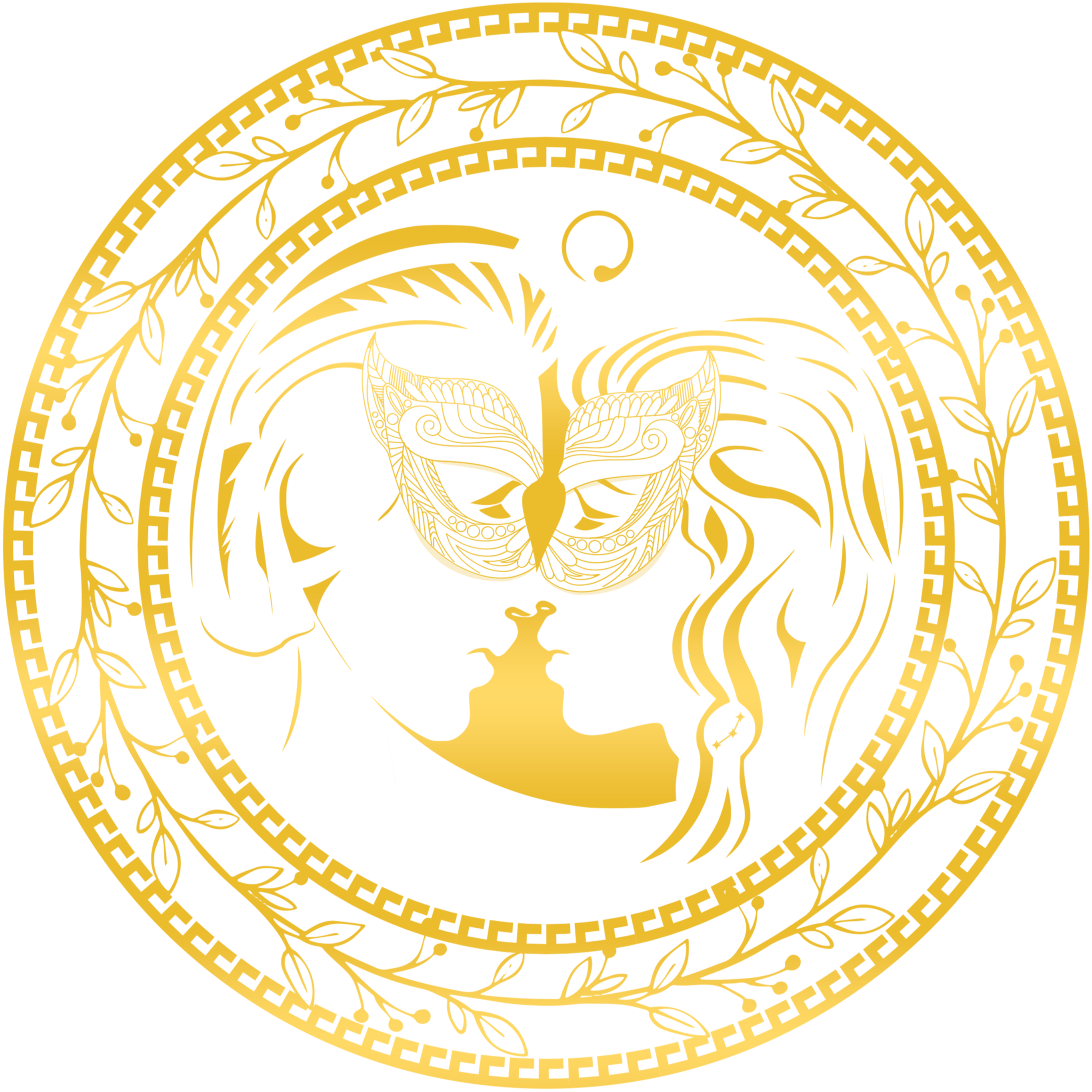
Understanding the Significance of Ubtan
Share
Ubtan is a traditional herbal mix that has been used in the Indian subcontinent for centuries. Known for its natural healing and beautifying properties, ubtan plays a vital role in the beauty rituals of many, especially during weddings and festivals. This age-old concoction not only signifies the purity of ceremonial practices but also offers a multitude of skin benefits. Here, we delve into the essence of ubtan and its significance for beauty and skin health.
The Roots of Ubtan
Ubtan's origin can be traced back to the Vedic times, where it was revered for its auspiciousness and purifying properties. The word 'ubtan' itself is derived from the Sanskrit word 'Uptcch,' which means a beautifying paste. It is traditionally made from a blend of natural ingredients like turmeric, gram flour (besan), sandalwood, rosewater, and milk. Each component is chosen for its unique properties that contribute to the nourishment and radiance of the skin.
Significance in Rituals
by Dale Scogings (https://unsplash.com/@daleannescogings)
Ubtan is more than just a beauty product; it is deeply rooted in the cultural and spiritual practices of India. It is a symbol of health and prosperity and is believed to ward off evil spirits. During weddings, ubtan is applied to both the bride and groom in a ceremony known as the 'Haldi' ceremony. This ritual is said to bless the couple with good luck, prosperity, and a glowing complexion for their special day.
Ubtan and Skin Health
The natural ingredients in ubtan are known for their exfoliating, cleansing, and nourishing properties. The paste gently removes dead skin cells, revealing a softer and more radiant complexion beneath. Regular use of ubtan can also help in reducing tan, evening out the skin tone, and combating acne and blemishes.
A Natural Beauty Enhancer
Turmeric, a key ingredient in many ubtan recipes, contains curcumin, which has potent anti-inflammatory and antioxidant properties. These qualities make ubtan an effective remedy for various skin concerns, including premature aging. The antioxidants help to protect the skin from environmental stressors, while the anti-inflammatory agents soothe the skin, reducing redness and puffiness.
DIY Ubtan Recipes
Making your own ubtan at home is simple and allows you to customize the ingredients based on your skin type and concerns. A basic ubtan can be made by mixing equal parts of gram flour and turmeric with milk to form a paste. For oily skin, adding a few drops of lemon juice can help balance oil production, while for dry skin, incorporating honey or yogurt can provide additional moisture.
The Future of Ubtan
While ubtan has traditional roots, it continues to be relevant in today's beauty world. Many skincare companies have recognized the benefits of ubtan and have incorporated its essence into modern products. From ubtan face masks to body scrubs, the legacy of this ancient beauty remedy lives on, merging traditional wisdom with contemporary skincare science.
In conclusion, the significance of ubtan goes beyond its beauty benefits. It is a testament to the rich cultural heritage of natural skincare practices. By understanding the meaning behind ubtan and incorporating it into your routine, you can experience the timeless allure of this storied beauty enhancer.
Have you tried using ubtan in your skincare routine? Share your experiences with us in the comments.

